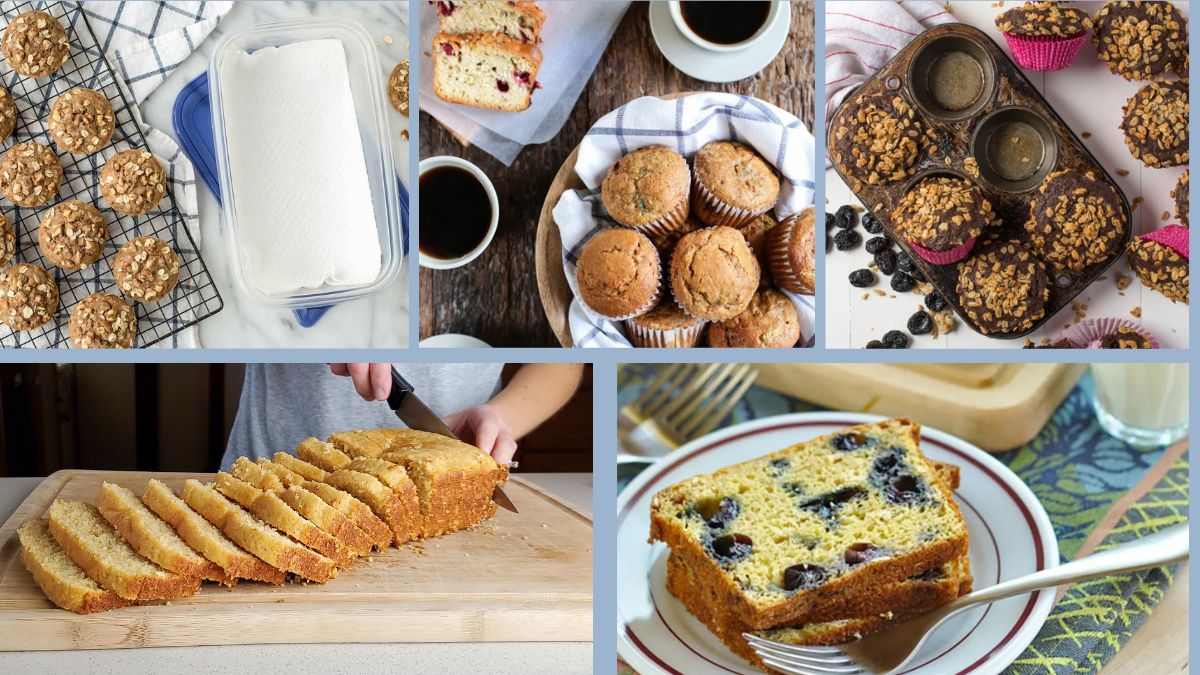Warm, moist, and delicious—muffins and quick breads are some of the most comforting baked goods around. Whether you’re baking vegan banana bread, zucchini muffins, or spiced pumpkin loaves, one thing is true: you want them to stay fresh and moist for as long as possible.
Unfortunately, muffins can dry out quickly, and quick breads may become soggy or stale if not stored properly. The good news? You can easily extend their freshness—without using any animal products or preservatives—by learning the right techniques.
In this guide, we’ll walk you through everything you need to know about storing muffins and quick breads: room temperature storage, refrigeration tips, freezing strategies, and how to keep your baked goods plant-based and perfect every time.
What Are Muffins and Quick Breads?
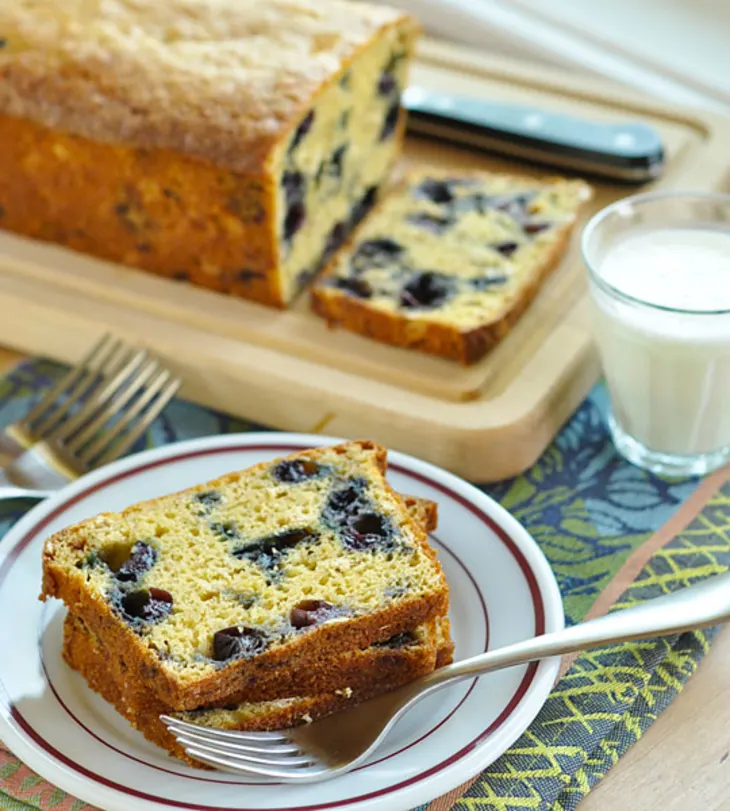
Before we dive into storage methods, let’s clarify what we’re talking about.
Muffins
- Individual-size baked goods, usually sweet but sometimes savory
- Examples: blueberry muffins, chocolate chip muffins, bran muffins
Quick Breads
- Loaf-style baked goods made without yeast (use baking powder/soda instead)
- Examples: banana bread, pumpkin bread, lemon poppyseed loaf, zucchini bread
Both are typically made with moist batters and can include mix-ins like nuts, fruits, or spices. These characteristics make them prone to drying or going stale—but also easy to preserve with the right approach.
Room Temperature Storage (Best for Short-Term)

If you’re planning to eat your muffins or quick breads within a few days, room temperature storage is ideal.
How to Store Muffins at Room Temperature:
- Cool completely before storing to prevent condensation and sogginess.
- Line an airtight container with a paper towel.
- Arrange muffins in a single layer.
- Place another paper towel on top before sealing the lid.
- Store in a cool, dry place for up to 3 days.
Why paper towels? They absorb excess moisture and keep muffins from getting soggy.
How to Store Quick Breads at Room Temperature:
- Wrap the whole loaf in parchment paper or wax paper, then place it in a plastic or reusable silicone bag.
- Alternatively, slice the bread and wrap each slice in parchment.
- Store for up to 4 days at room temp.
Refrigeration: When & How to Use It
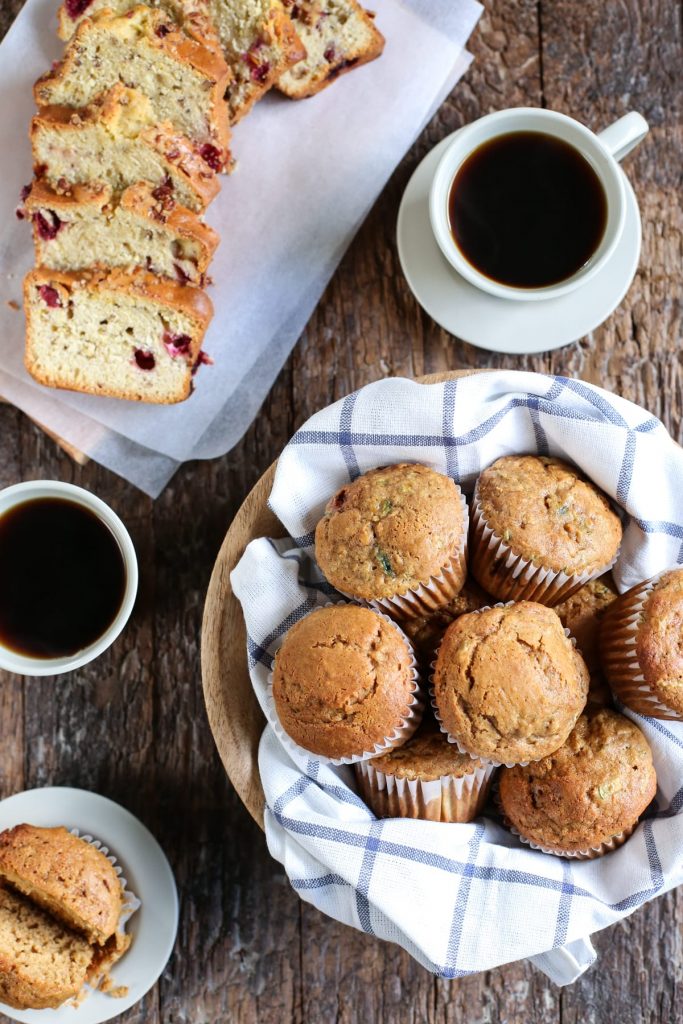
Refrigeration is a double-edged sword for baked goods: it helps prevent mold but can dry them out quickly if not done right.
When to Refrigerate:
- If your kitchen is very humid or warm
- If the muffins/bread contain perishable mix-ins (like fresh fruit or vegan cream cheese)
- If you need them to last beyond 3–4 days
How to Refrigerate Muffins:
- Place fully cooled muffins in a sealed container lined with paper towels.
- Add a piece of bread (or a soft tortilla) in the container to retain moisture.
- Store in the fridge for up to 1 week.
- Warm in a toaster oven or microwave for 10–15 seconds before serving.
How to Refrigerate Quick Breads:
- Wrap tightly in plastic wrap or foil to prevent drying.
- Place in a resealable bag or container.
- Store in the fridge for up to 5–6 days.
- Allow to come to room temperature or reheat gently before eating.
Freezing Muffins and Quick Breads (Best for Long-Term Storage)
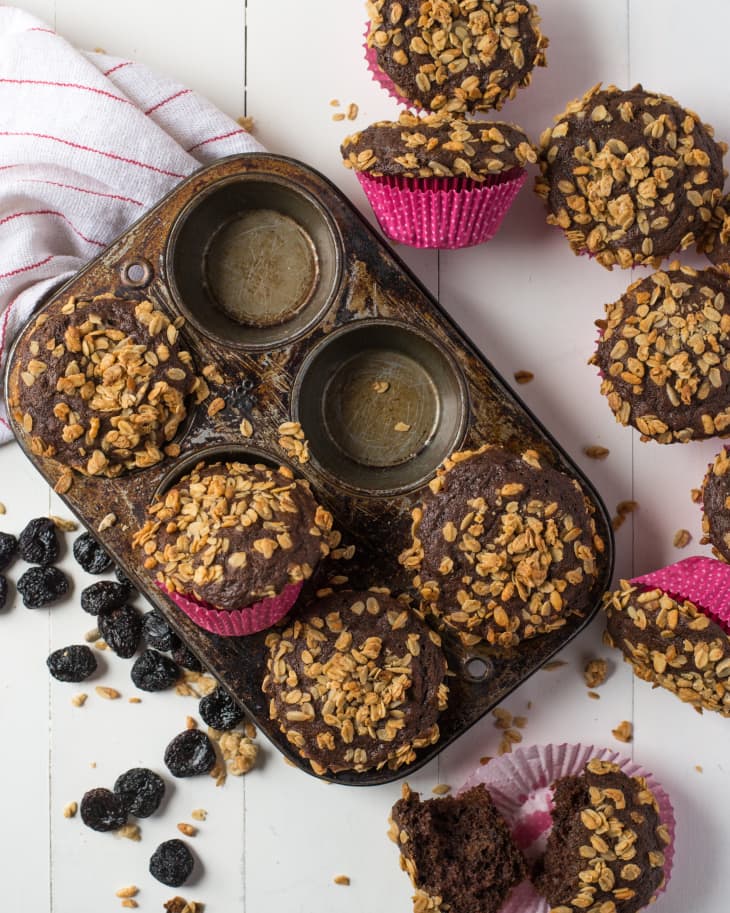
Freezing is the best option if you’ve baked in bulk or want to prep ahead.
How to Freeze Muffins:
- Cool completely.
- Place muffins in a single layer on a baking sheet and flash freeze for 1 hour.
- Transfer to a freezer-safe zip-top bag or container.
- Label with the date and type.
- Freeze for up to 3 months.
How to Freeze Quick Bread Loaves:
- Wrap the whole loaf in plastic wrap, then in foil.
- Alternatively, slice the loaf and wrap slices individually.
- Store in a labeled freezer bag or airtight container.
- Freeze for up to 3 months.
Thawing Tips:
- Remove only what you need.
- Let muffins or slices thaw at room temperature for 1–2 hours.
- For a fresher texture, warm in the oven at 300°F (150°C) for 10–12 minutes or microwave briefly.
Storage Chart
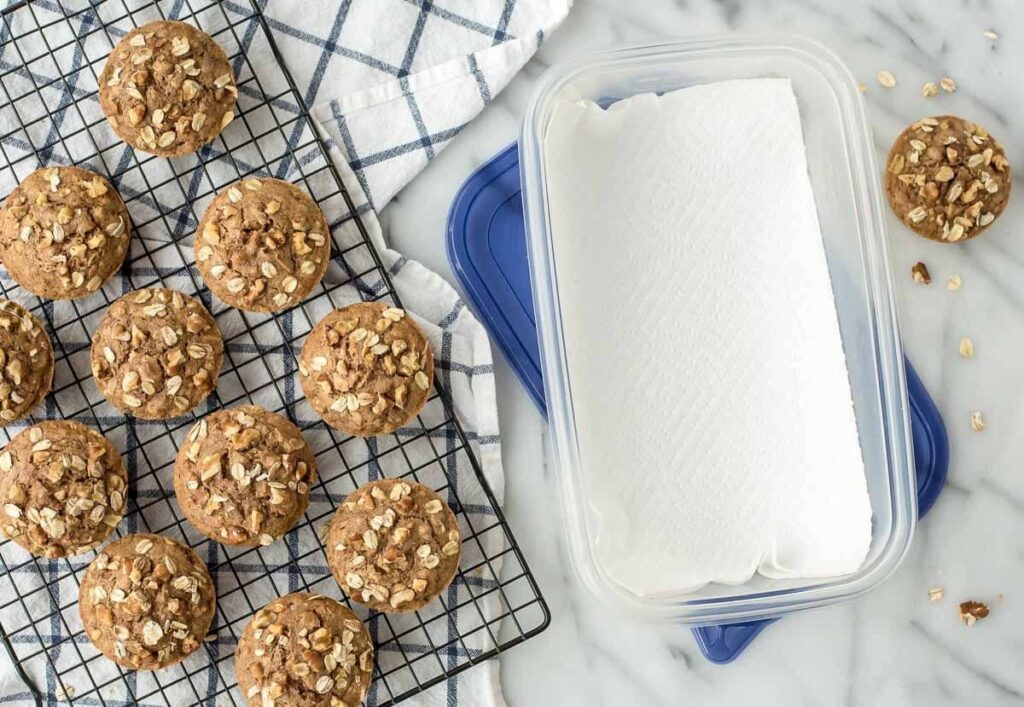
| Item | Room Temp | Refrigerator | Freezer | Best Practice |
|---|---|---|---|---|
| Muffins (plain/sweet) | 2–3 days | 1 week | 3 months | Airtight with paper towel lining |
| Muffins (with fruit) | 1–2 days | 5–6 days | 3 months | Refrigerate or freeze if needed |
| Quick Bread (loaf) | 3–4 days | 5–6 days | 3 months | Wrap tightly, store in bag |
| Quick Bread (sliced) | 2–3 days | 5–6 days | 3 months | Freeze individually for easy use |
Tips to Keep Muffins and Quick Breads Fresh
- Avoid airtight containers while still warm – they trap steam and ruin texture.
- Add a slice of bread to the container to help prevent muffins from drying out.
- Reheat muffins in a toaster oven instead of the microwave for better texture.
- For savory muffins or breads with vegetables, refrigerate or freeze immediately after cooling.
Common Mistakes to Avoid
| Mistake | Problem |
|---|---|
| Storing warm muffins in a container | Causes sogginess and mold growth |
| Using plastic wrap on hot bread | Traps steam, ruins crust texture |
| Refrigerating unnecessarily | Accelerates drying unless well-wrapped |
| Not labeling frozen goods | Leads to waste and confusion later |
| Using paper bags for long-term | Allows air in, speeds up drying |
100% Plant-Based Storage Notes
All the tips in this guide are suitable for vegan muffins and breads—no dairy, no eggs, no animal-based fats.
Vegan-Friendly Storage Ingredients:
- Parchment paper or beeswax-free wraps for wrapping
- Silicone or glass containers for eco-friendly airtight storage
- Coconut oil or plant butter-based baked goods may soften more at room temp—reheat for structure
Popular Muffins and Breads – Special Tips
Vegan Banana Bread:
- Super moist—store at room temp only for 2–3 days
- Refrigerate or freeze sliced
Zucchini Bread:
- Contains moisture-rich veggies—wrap in paper towels before refrigerating
Pumpkin Muffins:
- Can be dense and soft—best enjoyed fresh or frozen, rather than refrigerated for too long
Blueberry Muffins:
- Fresh berries release juice—freeze immediately for best preservation
Final Thoughts
Muffins and quick breads are among the most satisfying and versatile baked treats—and they’re incredibly easy to store when you know what you’re doing.
Whether you want to keep a batch fresh for the week, stock your freezer for busy mornings, or prepare for a plant-based brunch, using the right storage techniques can mean the difference between a moist, tender bite or a dry, stale one.
With just a few simple tools—paper towels, airtight containers, parchment paper, and a freezer—you can enjoy bakery-quality muffins and breads any time you want, all while staying 100% plant-based.
